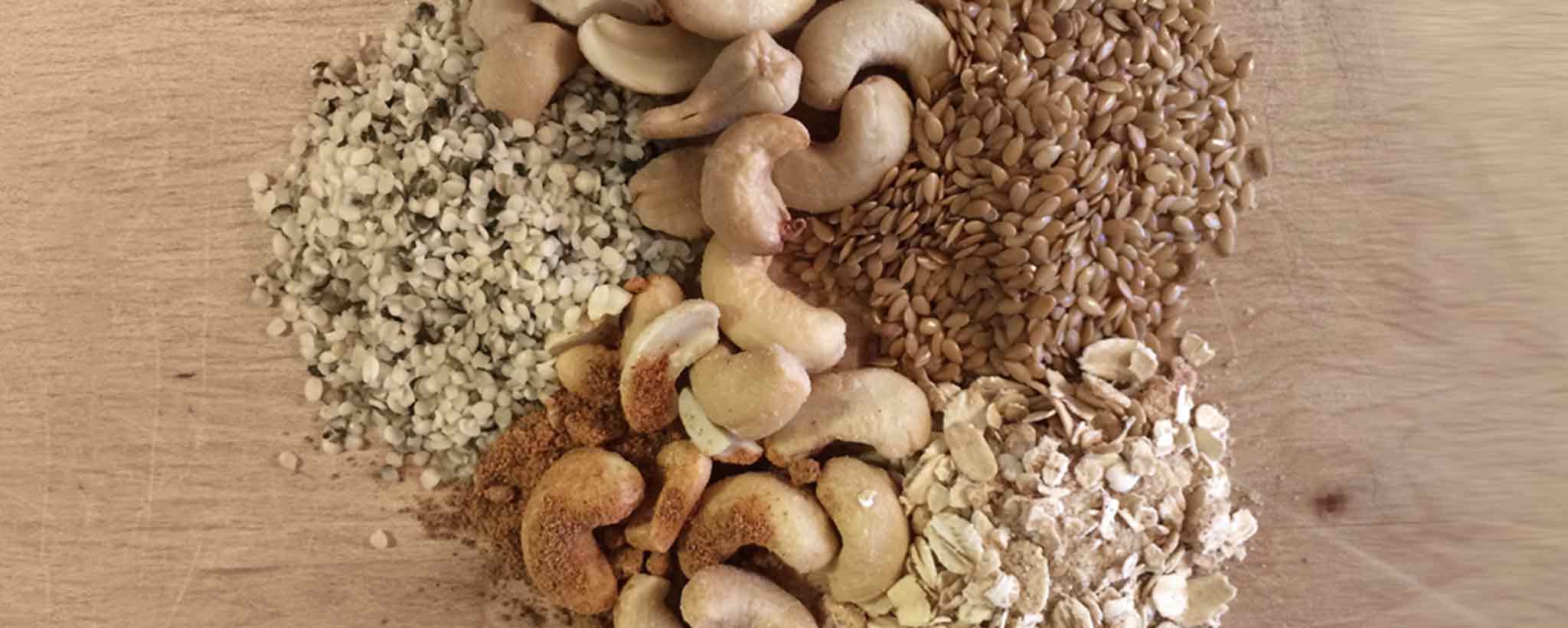Snapping self-photos can become addictive. How do you know when it has gotten out of control?
Pause While I Snap This Photo
What compels you to take selfies? Do you think that someone can become addicted to taking selfies? These are a couple of many questions that psychologists use to find out if “selfitis” can be classified as a mental disorder, addiction, or obsession. An official classification is lacking but the culture is undeniable.
You do know what a selfie is, right? According to the Oxford English Dictionary, a selfie is a “photograph that one has taken of oneself, typically one taken with a smartphone or webcam and shared via social media.” But there are various stages to this culture.
A prime example is that of Ramon Abbas who posts selfies under the name “Ray Hushpuppi.” Living in Dubai, his Instagram account swells with photos of himself flaunting every opulent item he could buy. Images of his wardrobe, exotic cars, and airplane have been posted for envious followers.
The watchful eye of the FBI then swooped in and had Hushpuppi extradited to California to face charges of conspiring to launder hundreds of millions of dollars through cyber crime schemes. You must wonder, if involved in criminal behavior, why post yourself with the ill-gotten booty for the world to see?
Absorbing Selfie Culture
Perhaps it began with the dime-store Photo Booth. For a coin or two you could make faces behind a private curtain and receive a few personal photos on the spot without paying a professional photographer. Some people were conservative. Others were uninhibited.
Smartphones have replaced Photo Booths. These days you may visit a new city or great restaurant with friends and want to commemorate the occasion. So you look for an innocent bystander to snap a photo of you. (Servers are most accommodating in this regard since it may influence your tipping.
This behavior predates smartphones; it was done when Kodak Instamatic cameras became popular in the 1960s. Before that, photographers roamed restaurants to snap and sell photographs, much like ambulance-chasing lawyers.
Discovering various photo filters on social media, you now have an outlet to publish the self-photos you are amassing. To satisfy followers, you begin snapping selfies throughout daily activities. This affects how you dress and groom yourself. Tattoos and nose rings garner attention.
While some photographs are glamor portraits, others are becoming provocative, or introduce an element of danger that gets more reaction from followers.
As you gain followers of your selfies, you are branding yourself as a marketable entity. If you reach “celebrity” status, your audience may aspire to be in a selfie with you to post on social media.
Obfuscating The Real You
For your online persona, you have a greater ability to modify your look and mask your identity. You can untag or delete unflattering photos and, to some extent, moderate the portrayal of yourself.
This evolving social identity may differ significantly from the real you. Perhaps you begin to adore the virtual self more than the real you—or worse, believe the virtual self is the real you.
Everyone has not reached the pinnacle of obsession and there are a variety of outcomes. Some aspire to adoration while others validate self-deprecation. Yes, they post online photos of themselves holding signs asking others to roast them. With hundreds of millions of others going down similar paths, selfies are conquering the world.

Nose ring tattoo selfie
Do you see yourself progressing through various stages—obsessing over imagery you have presented accurately online? Andrea Letamendi, a doctor of psychology at UCLA, suggests limiting access to sites, especially those that are more likely to present negative feedback.
If you are snapping and posting daily selfies and want to stay A Bit More Healthy, pump the brakes on the newest Apple trademarked craze, slofie—slow-motion selfie. It is not likely to gain as much traction as selfies. It is a feature limited to iPhone 11 and higher. Post-production edits are not as easy as they are with still images. Before your selfies go to your head, keep photography in its place. Document milestones in your life, not rhinestones throughout your day.
To support the writing of useful articles about addictions, ClinicalPosters sells human anatomy charts, scientific posters, and other products online. You may sponsor specific articles, become a ClinicalNovellas Member, or remit a small donation.
ClinicalPosters sells human anatomy charts, scientific posters, and other products online to offset expense of the writing useful articles about addictions. Slide extra posters into DeuPair Frames without removing from the wall.
Show your support by donating, shopping for ClinicalPins, becoming a ClinicalNovellas Member, or leaving an encouraging comment to keep the research going.
To support the writing of useful articles about addictions, ClinicalPosters sells human anatomy charts, scientific posters, and other products online. You may sponsor specific articles or remit a small donation.
ClinicalPosters sells human anatomy charts, scientific posters, and other products online to offset expense of the writing useful articles about addictions. Slide extra posters into DeuPair Frames without removing from the wall.
ClinicalPosters sells human anatomy charts, scientific posters, and other products online. You may remit a small donation or become a ClinicalNovellas Member.
You can support the writing of useful articles about addictions by sponsoring specific articles, becoming a ClinicalNovellas Member, or remitting a small donation. Visible content is optimized for device size.






 Romance & Health Intertwine. Fall in love with a captivating romance miniseries that explores the essence of well-being. Become a ClinicalNovellas member for heartwarming tales.
Romance & Health Intertwine. Fall in love with a captivating romance miniseries that explores the essence of well-being. Become a ClinicalNovellas member for heartwarming tales.






